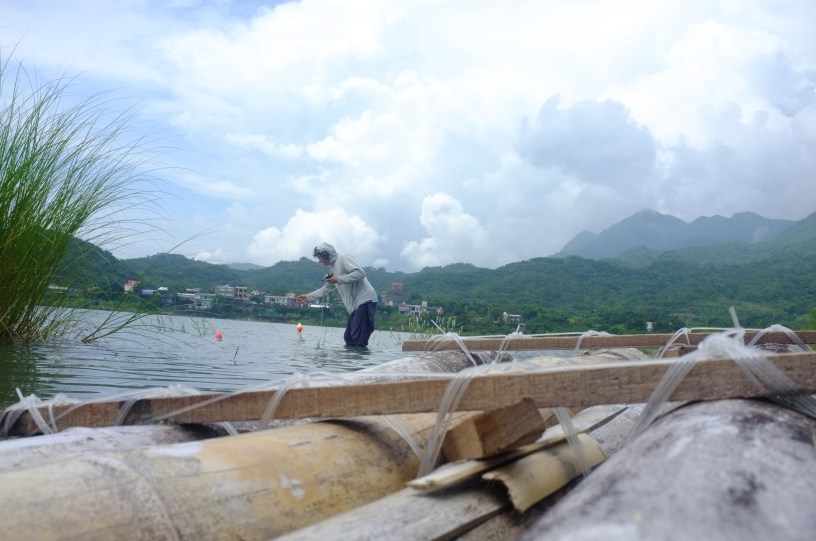last month, i headed to ottawa to give a talk about my ongoing work around cepo’ to a group of scholars interested in human – non-human relationships and also multimodal ethnography. part of my talk borrowed from earlier work, this version works out a few new ideas as well as stories.
here are some of the ideas i’ve been thinking about
remember the frogs?
about a year ago, i wrote about the problem of recording the wrong frog voices, discovering as well that voice, even when we consider the voices of non-humans, does not register uniformly across communities. as i noted in my interaction with makota’ay pangcah visual and performance artist, rahic talif, i still hadn’t learned how to register frog voices, how to hear them as speaking to, and about, history
in thinking about the frog voices, what i hope to suggest is that voice, as a particular product of listening and registration—in narrative, song, or other sonic practices—might function similarly to what Dwayne Donald (2012: 592) calls an “artifact”
our common, but often different or even conflictual, experience of voices might give us a focus in which develop new forms of relationality in multiply occupied places, such as cepo’. As an ethnographer and sound artist working with cepo’ Pangcah, i consider these vocal and other artifacts features of a place from which to develop collaboration
how do such artifacts form? for one, there are the ways that we differently register voice. yet, i also think we might open up thinking about registration if we employ the idea of “animation” from erving goffman (as expanded by teri silvio, paul manning, and ilana gershon)
this way of thinking emerges from the ways that ‘amis / pangcah register voices in conversation and song.
for example, one might register
the swishing of hips as someone sashays down the street,
ma-piwpiw sa i lalan
UV-swish-swish QUOT LOC road
or the fierce anger of an emperor
rokrok saan ko faloco’ no hongti
rokrok [roiling sound] QUOT NCM.NOM heart/mind NCM.GEN emperor
or the shimmering of starlight
kelat kelat kelat kelat sa ko likat no fo’is
kelat [shimmering] QUOT NCM.NOM light NCM.GEN star
or the rumble of thunder
kerong sa ko fotili’
kerong [sound of thunder] QUOT NCM.NOM thunder
in these cases–as in quotations of someone speaking–one employs the quotatives sa / ha or their derivatives to produce a direct quotation. these direct quotations cause people to imitate a variety of sonic others when they register both states and voices. in other words, quotation and description in ‘amis requires a sort of animation
while it’s not too surprising that this act of animation also means that when we register other voices we also incorporate a kind of stance toward these sonic others, we might also consider another point, one silvio raises in her work: animation also engages listeners. It is not just a matter of an animator voicing a text authored by another; animation engages listeners as co-animators of figures created or conjured in direct discourse: when listening, we fill in and give life to these figures even as we become complicit with or reject the stances that the animator generates through her relative distance from or surrounding commentary on the animated figure
it’s that kind of engagement and entanglement of stances that lets the figure potentially become an artifact: the distance between roles of animators who register voices and the figure who in a sense is the voice gives the figure both its solidity and affords possibly conflictual understandings of it.
moreover, attending to how people register riparian voices, like those of the frogs, will let us observe how non-humans contribute to our composition of a stable world not just by their permanence or through their translation of our intentions (as argued by Latour and other ANT scholars) but through sets of affective relationships and even fantasy (Honig 2018: 46). We might thus consider frogs and others to whose voices we hark members of what Honig (2018), following Winnicott, calls “holding environments,” places that we hold and that hold us, giving us stability, but also catalyzing transformation
that’s the set of ideas…next up, a story from cepo’
